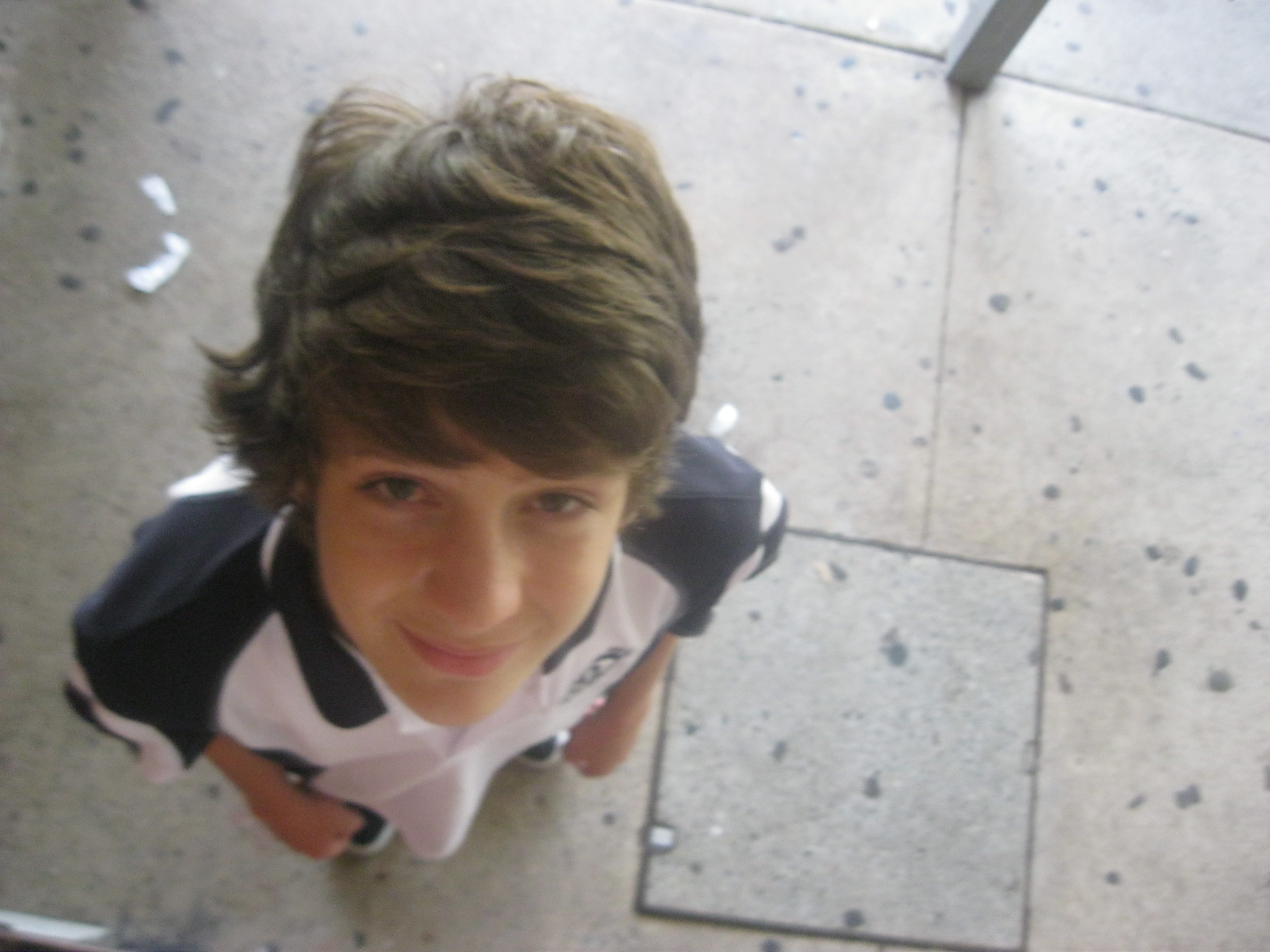Pictures is a complex art which needs plenty of attention, and expertise of considering past the boundaries of regular human being. The more extreme the angle (ie the additional away it is from eye left), the more symbolic and heavily-loaded the shot. Lengthy photographs assist us to take images that establish a person’s position within the world. Excessive long shots are usually executed in a excessive angle so the viewer can look down upon a setting or scene. You must at all times preserve experimenting and searching for a unique and fascinating angle on your photos.
Capturing from the hip may be challenging at first because it’s a must to get used to composing your shot whereas the iPhone is under your eye stage. As quickly as you put that digicam to your eye folks clam up, cease doing whatever it is that you needed to photograph, or in some instances grow to be hostile. A slight change makes the picture look like the photographer was a bit tipsy, so make certain the viewer will know that the angle is part of the composition.
For this reason, when taking full length portraits of a standing topic, the fundamental rule of thumb for making people look pure in their height and perspective is to place the camera at the middle of the framed shot, which means taking pictures at a slightly low angle. The angle-plus-angle shot combines the vitality of the diagonal line, the emotional qualities of being above or beneath the subject, along with the sensation of depth and dimension.
After all, this assumes that the subject or scene has a back and front, which might be the case with individuals, animals, buildings, rooms, automobiles, or other objects that appear to be in movement or that we are inclined to anthropomorphize. The lens sees the scene from a degree of humility whereas the topic towers over the world. For a degree digital camera angle with people and animals, we’re shooting at the eye stage of the topic.
Shooting at this angle with a longer lens, like the 100mm lens, or setting your zoom lens to one thing like 75mm or higher, you get to actually see into your dish and in lots of circumstances, only see the floor of what you might be capturing on – there is no such thing as a background (floor is the wood here – background can be what you’ll see past the floor, like a wall).
